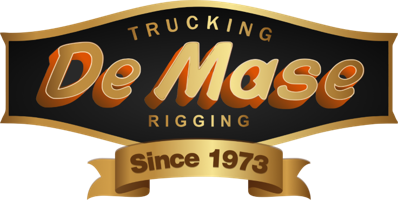What is a route survey and why is it so important
When it comes to hauling freight in North America, there are limitations to how big or heavy a load can be per each states regulations. Typically loads where the overall length is greater than 120 feet, width greater than 8 feet 6 inches and/or height greater than13 feet 6 inches are considered to be over dimensional. In addition, with a few exceptions, any load weighing more than 80,000 pounds combination also needs special treatment. This blog post is going to go into detail about the route survey process, which is one of the most important parts of hauling a heavy or oversize load.
Every state and province in North America have their own set of specific rules and regulations that must be followed when hauling freight in or through their jurisdiction. An additional set of mandates and requirements apply to oversize and overweight loads. These additional requirements are put in place not only to protect public property, such as roads and bridges, but also to protect other motorists that the convoy might encounter during transport.
In most instances, a route survey must be completed prior to the oversize load being allowed to proceed onto the roadway. The proposed route of travel must be driven by a survey vehicle to look for low hanging obstructions such as bridges, power lines, signs or trees. The survey also notes any specific areas along the route where the oversize load might potentially pose a hazard to other motorists on the road.
Typically, the route survey will be completed by a certified pilot car driver. However, in the case of certain super loads, a government or private engineer will conduct the route survey. In order to complete the survey, the pilot car or another authorized vehicle is outfitted with a height pole. As they drive the proposed route, the height pole checks for any low hanging obstructions that would pose a problem to the load that is to be hauled. In the last few years, new technology has emerged to make this process even more efficient and effective. The advent of laser height poles has given pilot vehicles the ability to measure objects as small as a quarter inch in diameter at a height of 102 feet. Best of all, this can be accomplished at highway speeds, which greatly decreases the time it takes to complete a route survey. Data can be efficiently and effectively logged using GPS coordinates. Needless to say, it has been a revolutionary advancement for the industry.
De Mase Trucking and Rigging has been the expert in hauling heavy and oversize loads for 45 years. Please don’t hesitate to contact us as we are always anxious to put our expertise to work for you.











